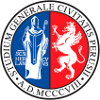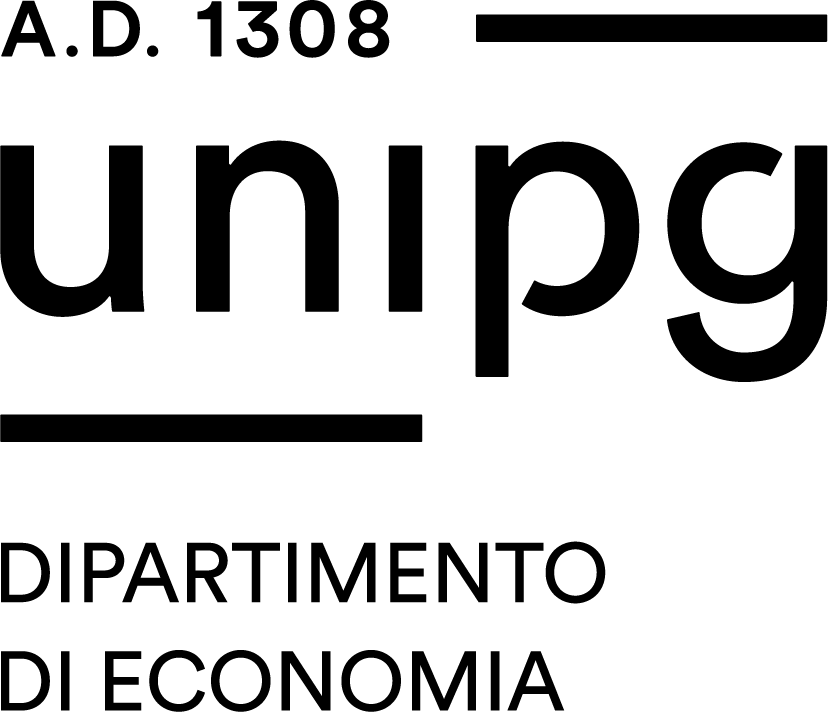Study-unit AUTOMATIC ELEMENTS
| Course name | Mechanical engineering |
|---|---|
| Study-unit Code | 70A00706 |
| Curriculum | Comune a tutti i curricula |
| Lecturer | Mario Luca Fravolini |
| Lecturers |
|
| Hours |
|
| CFU | 6 |
| Course Regulation | Coorte 2023 |
| Supplied | 2025/26 |
| Supplied other course regulation | |
| Learning activities | Affine/integrativa |
| Area | Attività formative affini o integrative |
| Sector | ING-INF/04 |
| Type of study-unit | Opzionale (Optional) |
| Type of learning activities | Attività formativa monodisciplinare |
| Language of instruction | Italian |
| Contents | The course provides students with the fundamental skills needed to analyze the properties of linear and time-invariant dynamic systems and to design automatic control systems. The main topics include: • Models of real systems • Analysis of linear systems in the time and frequency domains • Controlled systems • Feedback system analysis • Root Locus analysis • Static and dynamic specifications in control systems • Controller design in the frequency domain |
| Reference texts | - P. Bolzern, R. Scattolini, N. Schiavoni :Fondamenti di controlli automatici 3/ed Mc Graw-Hill, 2008 (or later) |
| Educational objectives | The main objective of the course is to provide students with knowledge on the use of certain analysis and design tools for linear, time-invariant, continuous-time control systems, with particular emphasis on mechatronic systems. Specifically, by the end of the course, students will have acquired: a) basic knowledge for modeling mechanical, thermal, and electrical systems for the purpose of control system design; b) knowledge of the main methods for system analysis; c) knowledge of the main methods for designing feedback control systems; d) the ability to design control system architectures; e) the ability to use software tools for the analysis, design, and simulation of dynamic systems. |
| Prerequisites | Matematica I and II courses (derivatives, integrals, ordinary differential equations). Fisica generale. Elettrotecnica (electric circuits, dc motor). |
| Teaching methods | The course is organized as follows: • Lectures in the classroom covering all the topics addressed in the course. • Classroom exercises conducted by the instructor, focusing on the application of the analysis and synthesis techniques introduced to dynamic systems of engineering interest, also making use of simulation tools in the Matlab and Simulink environments. |
| Other information | Further information is available on the Unistudium page of the course. The instructor is available for consultations at the end of each lecture; additional meetings, either in person or via Microsoft Teams, can be arranged at other times by appointment. |
| Learning verification modality | The examination consists of a written and an oral test. The written test duration is 3 hours and consists of 2 exercises and an open question. The exercises deal with continuous time control systems analysis and design. The open question requires the schematic illustration of a topic discussed during the course. The aim of the written test is to evaluate the ability of applying the different analysis and design methods and the ability of expose the results in a clear and concise manner. The oral exam, typically, takes place some days following the written text. The aim of the oral test is to evaluate the understanding of the different arguments and the ability of expose them in a clear and rigorous manner. |
| Extended program | • Models of Real Systems Examples of modeling real dynamical systems (mechanical, thermal, and electrical systems). Input-output models. Linear, stationary, finite-dimensional models. • Analysis of Linear Systems Representation and analysis of continuous-time linear systems using the Laplace transform. Modes of a continuous-time linear system. Stability. Analysis of the step response of first- and second-order systems. Transient response; Steady-state response; Analysis of the response to sinusoidal inputs, Harmonic response, Bode plots, Nyquist plot. Models with dominant poles. • Controlled Systems Open-loop control, feedback control, disturbance rejection, forward compensation. Properties of feedback systems: sensitivity functions and sensitivity to parameter variations, disturbance rejection, improvement of dynamic behavior, effects of process and measurement noise. • Feedback System Analysis Stability of feedback systems and general conditions in the time domain and frequency domain. Routh criterion, Nyquist criterion for continuous-time systems. Stability margins, conditional stability, and stability under perturbed conditions. Region error and system type. • Root Locus Analysis Root locus for the analysis of continuous-time systems. Root locus plotting rules. Study of the effects of pole and zero movement. Use of the root locus for stabilization and synthesis. • Specifications in Control Systems and Controller Synthesis in the Frequency Domain. Static and dynamic specifications. Translating specifications from the time domain to the frequency domain. General setup of the control system synthesis problem. Frequency domain design of the controller using graphical methods through Bode diagrams. • Elements of Matlab Programming Understanding and replicating the various simulation examples presented in the course. |
| Obiettivi Agenda 2030 per lo sviluppo sostenibile |


